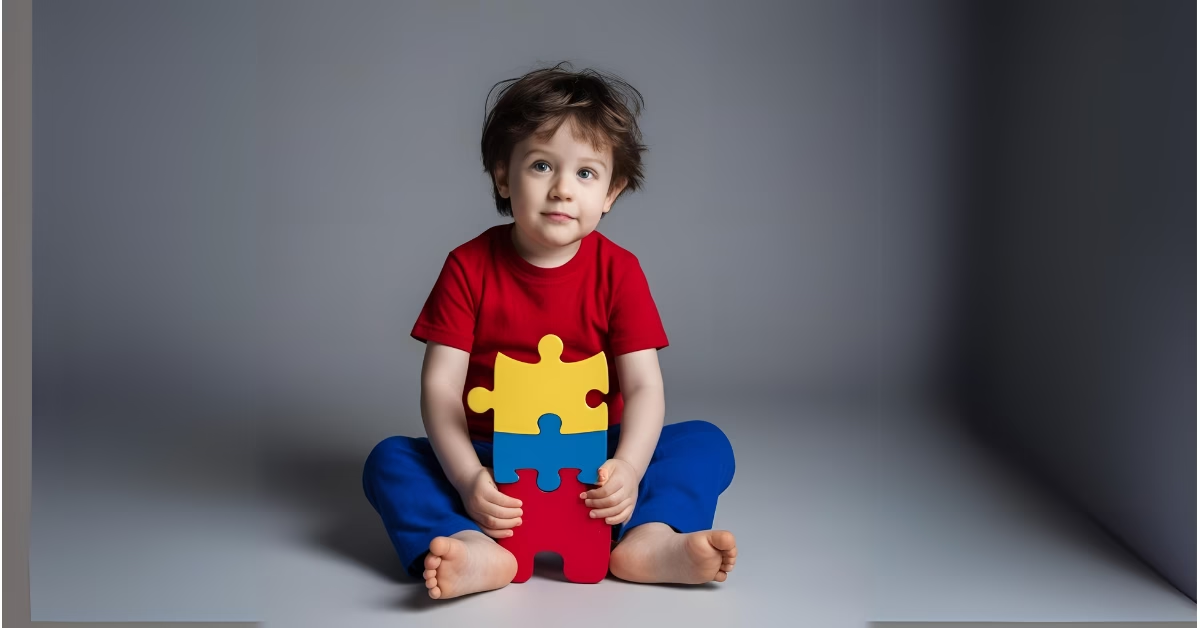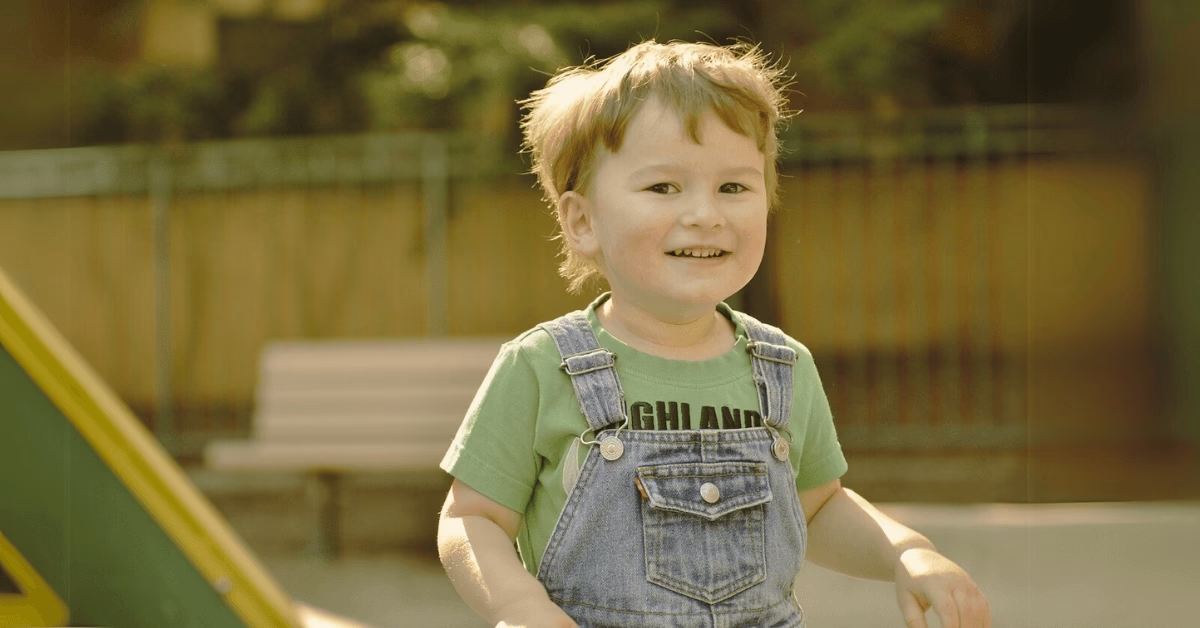Introduction
In this blog post, I will try to establish some hidden or secretive truths about autism. In simple words, I will discuss specific autism traits in adults that you may not have realized but are linked to them. It’s important to note that this is not an exhaustive list of traits or a diagnostic tool. Instead, this article reflects my research and observations on an autistic individual.
We will discuss a list of 20 traits you might not have been aware of. If you relate to a few of these traits, it doesn’t necessarily mean you are autistic. Talk to friends, family, or a healthcare professional if you relate to many of these feelings. They can help you think about getting an assessment.
Feeling Uncomfortable Around New People or Places
Many autistic people may feel uncomfortable, awkward, anxious, or stressed in new social situations or environments. You might not have recognized this characteristic as part of autism. I have seen this in the TV series A Good Doctor and read about it online.
Many autistic individuals can feel overwhelmed in new places or around people they don’t know. Autistic people avoid eye contact. Also, unable to speak lies. Leaving home and meeting new people can cause anxiety and stress.
Use of Structures or Scripts
A common autism trait of adults is the use of structures or scripts. They mostly pre-plan and rehearse conversations or templates for interacting with neurotypical people in everyday situations.
The autistic person usually runs through conversations in my head multiple times, both before and after the actual interaction. This repetitive thought process can be pretty distressing. They engage in more “suitable” discussions but feel investigated afterward. This scrutiny increases their anxiety.
Dislike for Physical Contact
Autism suffering people are discomfort around physical contact. They often struggle with the standard greetings that involve hugging, kissing, or shaking hands. It’s not that they don’t want to connect; it’s just that it often doesn’t occur to me to initiate these actions.
They do not naturally seek out physical touch and may need prompting to engage in such greetings. Forcing autistic individuals to perform physical gestures, like making an autistic child hug a grandparent, is inappropriate.
In relationships, autistic adults do not need to be overly touchy-feely. They should communicate their preferences clearly and honestly.
You can express love without the need for constant physical connection. For example, a person may genuinely care about their partner but not want to hold hands or hug them all the time. Open communication about these feelings is crucial.
Using Noise-Cancelling Headphones
Many adults with autism, as well as some without, use noise-canceling headphones or earbuds to block out the outside world. Do you wear them when you leave home?
They can help you feel safer while preparing for a busy day. Wearing these headphones can help you avoid sensory overload. This is useful when on public transport, studying, visiting friends or family, or shopping. They act like a shield against the overwhelming noises of the world around you.
Sensitivity to Noises
Another common experience for autistic adults is heightened sensitivity to sounds. Do certain noises seem louder when stressed, tired, or agitated? It’s as if normal sounds become deafening, taking you by surprise.
Autism-suffering husband and dad often find themselves instinctively covering my ears in response to these intense noises. Background noise that others ignore can overwhelm them. This is especially true when they’re stressed. It’s not a dramatic reaction; it’s simply how they cope with the sensory overload.
Startled by Noises
The most common trait seen in autistic adults is getting startled by certain noises. Sudden or loud noises can surprise most people, but for those with autism, it can feel as though their hearts might stop.
They get startled occasionally and often, even by the most minor and most slight noises. These sudden sounds don’t just surprise me; they can also make me angry. I usually think, “What was that?”
Sensitivity to Fabrics or Textures
Autistic people were also sensitive to fabrics or textures. Many people might think this concern is only for kids. They imagine children being forced to wear school uniforms instead of pajamas. However, it’s a significant issue for many autistic adults too.
Some fabrics can make you feel incredibly uncomfortable. When wearing specific clothing, they might feel overwhelmed, leading to agitation and anger. Simply needing to change out of that awkward outfit is a must.
Staying in that kind of clothing can trigger stress and potentially cause a meltdown. It’s not just a kid issue; it affects adults too.
Cutting Tags Off Clothing
Many adults may share a common autism trait regarding clothing: cutting tags off their clothing. They wish or need to remove the tags from T-shirts and underwear. Finding tagless clothing can be challenging, but having tags can create discomfort. Some autistic individuals may find clothing tags irritating and distracting, which might relate to autistic traits…
Discomfort with Certain Clothing
Another related trait is the discomfort some individuals feel with specific types of clothing. Suppose an autistic person wears something with a tag; it can feel irritating and distracting. This could be linked to an autistic feature.
This can lead to feelings of agitation, anger, or anxiety. I’ve experienced this often with various clothing items, like underwear, shorts, t-shirts, socks, or even jumpers. It can be frustrating when something you usually wear doesn’t feel right.
Sensitivity to Food Textures
Lastly, many adults with autism can also experience intense reactions to the textures of certain foods. Some textures can make them gag. Suppose An autistic man’s family enjoys pumpkin, but he can’t stomach it because the texture makes him feel sick.
The sensation is so overwhelming that he can’t appreciate the taste. Their brain registers it as disgusting. This sensitivity to food texture is another trait linked to autism and can affect how they approach meals.
Repulsion to Certain Food Flavors or Smells
Are you completely repulsed by certain food flavors, smells, or textures? Even just thinking about these foods can make you feel sick or disgusted. However, autistic people have issues with certain foods, such as smell and texture.
It’s not about any specific item. It’s about their habits and customs developed over time with different foods. However, they might enjoy the same dish or vegetable with another combination. Suppose one can hate the smell of peas, but he might enjoy pea and ham soup; it tastes delicious, but I still can’t handle the smell of plain peas.
Exhaustion After Returning Home
Many adults on the autism spectrum feel utterly exhausted after outings. This includes activities like shopping or attending appointments. They may find that while they can manage these activities, they drain them thoroughly.
This exhaustion often comes from masking their true selves to make others comfortable. All of that camouflaging takes a lot of energy. Once they complete their errands and meet everyone’s expectations, they get home and realize they’re running on empty. There’s simply nothing left in the tank.
Feeling Nonfunctional After Social Interactions
As autistic husbands and dads, they experience a noticeable shift after having visitors over. While they can manage and enjoy their company during their stay, once they leave, they often feel almost nonfunctional—like they just crashed.
This sudden change can be confusing for their family. They wonder, “You were fine just a moment ago; what happened?”The truth is they let their guard down and felt exhausted.
Spending Extra Time in the Bathroom
An autistic adult spends more time than usual in the bathroom. This isn’t just an excuse; it serves a purpose. They often use the bathroom to escape, relax, unwind, and decompress from the world around them.
People frequently ask why it takes them so long. They might go in for a shower and emerge 45 minutes later. The truth is, they’re not just taking their time. They’re embracing a moment of solitude and freedom from the demands of daily life.
Preference for Being Alone in Social Gatherings
One common trait among adults with autism is a preference for being alone in social situations. During gatherings, they want to stay close to their safe person, like their mother or father. If they’re a child or their partner is an adult. Many feel more comfortable having a familiar face nearby, making mingling with others challenging.
Social gatherings become much more manageable for them with a safe person, like their partner. They can easily spend time with their kids if their partner is not around. Some autistic individuals prefer to interact with pets like dogs or cats during family gatherings. This way, there’s no pressure for small talk, which can be a relief.
Enjoying People Watching
Another autistic trait in adults is the enjoyment of people-watching. Are they sitting in a cafe, restaurant, or public space, content to observe the world around them? This activity can be incredibly fulfilling.
Instead of feeling awkward, it’s like watching a captivating show. While it might sound strange, they find that by connecting to their surroundings this way. They are disconnecting from the stresses of social interaction. It’s a unique and calming experience.
Exclusive Use Policy for Shops
This autistic trait in adults is a fundamental part of their world—it’s all about having preferences. But it’s more than just a preference; it’s an exclusive use policy for supermarkets, cafes, and shops.
For instance, they only go to a specific supermarket or cafe for their coffee and don’t want to stray from that. This rule extends to their choice of hairdresser, bakery, pharmacy, or doctor—whatever it may be.
This exclusive-use policy allows zero flexibility. If their bakery doesn’t have the bread they need, they go straight home rather than to another bakery or supermarket. Trying another place feels overwhelming. They’re unfamiliar with other bakeries and don’t know what they offer or how their systems work.
Struggling to Connect with People
One common experience among trait of autistic adults is the difficulty others may have in communicating with them. This can lead to a perceived lack of connection. It’s important to note that it’s not always fair to blame the autistic individual for this disconnect.
To understand someone whose brain works differently, approach the relationship differently than you would with neurotypical (non-autistic) people. Others may find it hard to connect with you or label you as quirky, strange, or odd because of their neurotypical perspective. However, it’s essential to remember that every individual is unique.
Unintentional Humor
Adults with autism predominantly suffer through the scenario. People often laugh at what they’re saying, even if you weren’t trying to be funny or don’t think it’s weird.
In casual conversations, autistic might express their ideas or share their views in a way that amuses others. You find yourself explaining, “I wasn’t joking; I’m being serious!” It’s surprising to see them genuinely laughing at something you said while you’re just trying to communicate.
Their humor often varies in quality; sometimes it’s funny, and other times it’s not. They can’t predict what will be funny, but people say they naturally make others laugh. People often guess that their humor is dry and ask their families, “Is he joking? Is that a joke?”
Frequent Arguments
On the list of autistic traits in adults, this one often gets them into trouble. Do they frequently find themselves in arguments with others? Do disagreements arise when they never meant for them to? It can feel confusing—one moment, everything seems fine, and the next, someone says they don’t want to argue with them.
They might be left wondering, “How did we get here?” They might even think, “I didn’t know we were having a discussion, let alone a disagreement.” It’s baffling when someone feels they’re arguing about something they didn’t realize was even up for debate.
They often find themselves in situations that others label as disagreements or arguments. Without understanding how they arrived at that point, they might have related to this experience.
Workplace Challenges
Autistic people often face reprimands or warnings from their bosses or coworkers. This happens when they are seen as rude, too blunt, or too honest.
They don’t understand tone, pace, volume, and body language. These aspects don’t come naturally to them. When someone mentions “inappropriate tone” to autistic men, he might find himself confused. This is how I speak.
He might ask for suggestions on using a fake tone to make others feel better, unaware that it was expected. This reveals a more significant issue with workplaces. Honestly, professionalism or being “professional” is often a vague concept. For many autistic individuals, the idea of being professional in a workplace can feel impossible.
Closing Thoughts
Learning about autism traits in adults helps us understand their unique experiences.
This article explored a range of traits, from feeling uncomfortable in new situations to having specific preferences and sensitivities. It’s essential to remember that these traits vary widely among individuals and are not definitive indicators of autism.
If you identify with these unique traits, consider discussing your experiences with friends, family, or a healthcare professional. This can help you decide if you need an assessment or an evaluation. By fostering awareness and understanding, we can create a more inclusive and supportive environment for everyone.












